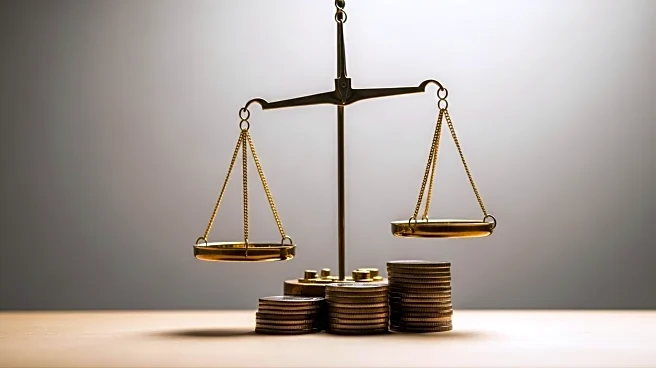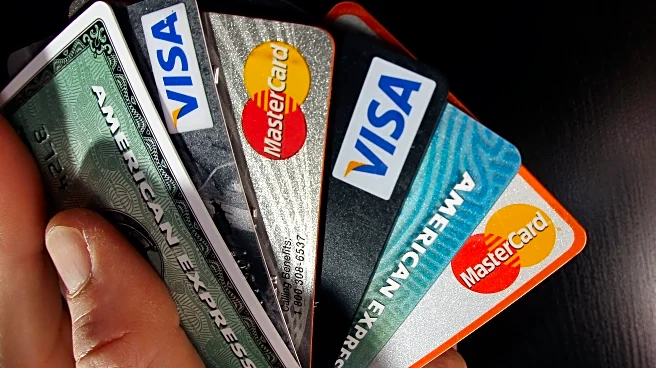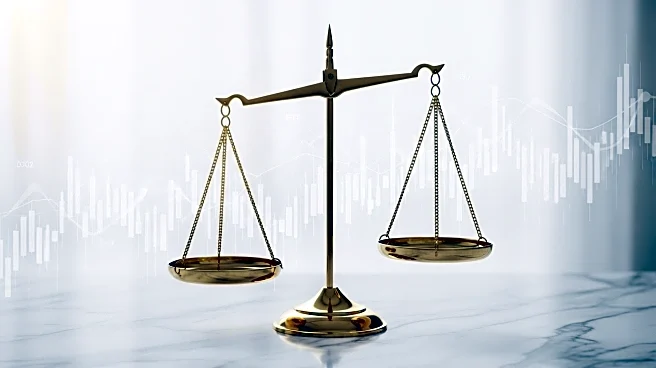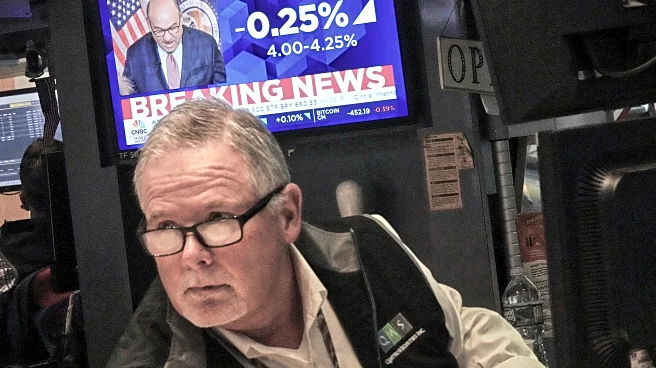What is the story about?
What's Happening?
The Federal Reserve has cut its benchmark interest rate to 4.1%, down from 4.3%, marking the first reduction in nine months. This decision comes as the economy shows mixed signals, with stalled inflation progress and a cooling labor market. While consumer interest rates like mortgages, auto loans, and credit cards are not directly linked to the federal funds rate, they are influenced by longer-term market rates and bank policies. The rate cut is expected to gradually affect borrowing costs, though immediate relief may not be felt by consumers. Lenders may wait for sustained rate cuts before lowering costs for borrowers.
Why It's Important?
The Fed's rate cut is crucial for the U.S. economy as it aims to stimulate growth and address inflation concerns. Lower interest rates can make borrowing cheaper for businesses and consumers, encouraging investment and spending. This can lead to stock market gains, as cheaper borrowing costs boost corporate profits and stock valuations. However, the impact on consumer borrowing costs may be slow, with mortgage rates influenced by long-term bond yields and auto loans affected by lender competition and consumer demand. Credit card rates may see modest reductions, offering some relief to consumers with high-interest debt.
Beyond the Headlines
The Fed's rate cut highlights the complex interplay between monetary policy and economic indicators. While lower rates can stimulate growth, they also pose challenges for savers who may see reduced yields on savings accounts. Additionally, the broader economic context, including global risks and financial market behavior, influences the effectiveness of rate cuts. Consumers can benefit by refinancing or consolidating debt, prioritizing high-interest debt repayment, and improving credit scores to secure better loan rates. The rate cut also underscores the importance of strategic borrowing and financial planning in a changing economic landscape.
AI Generated Content
Do you find this article useful?














